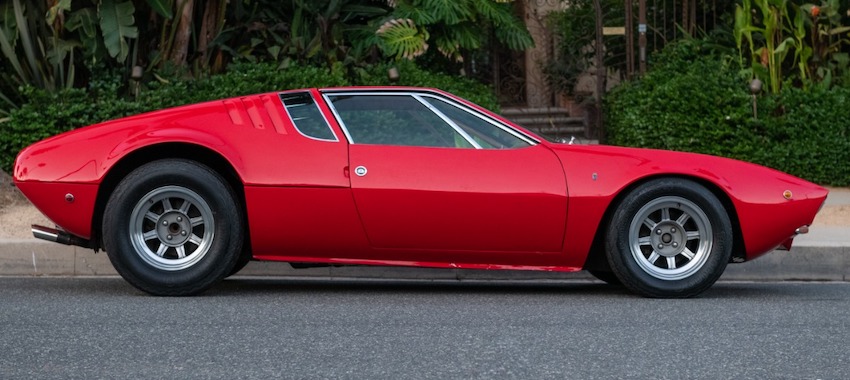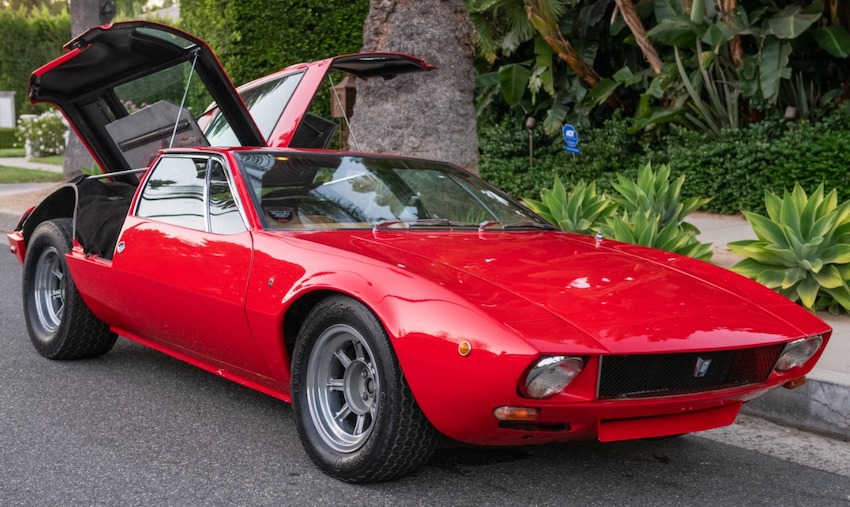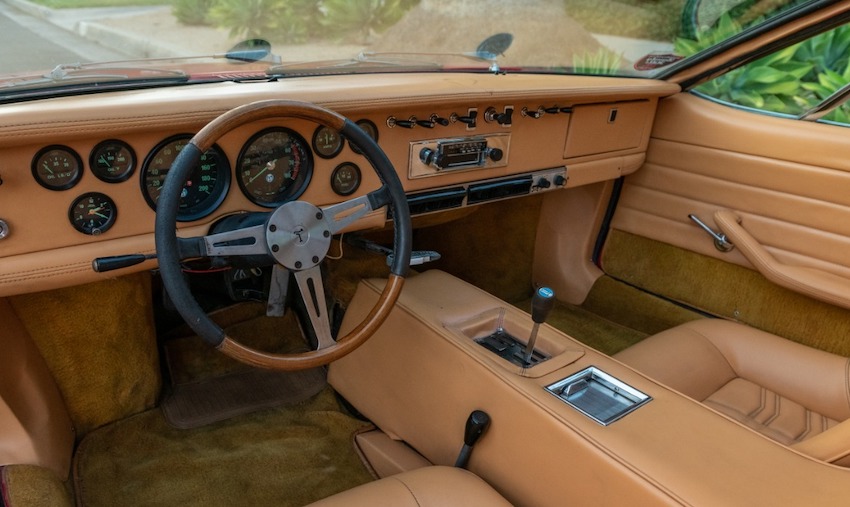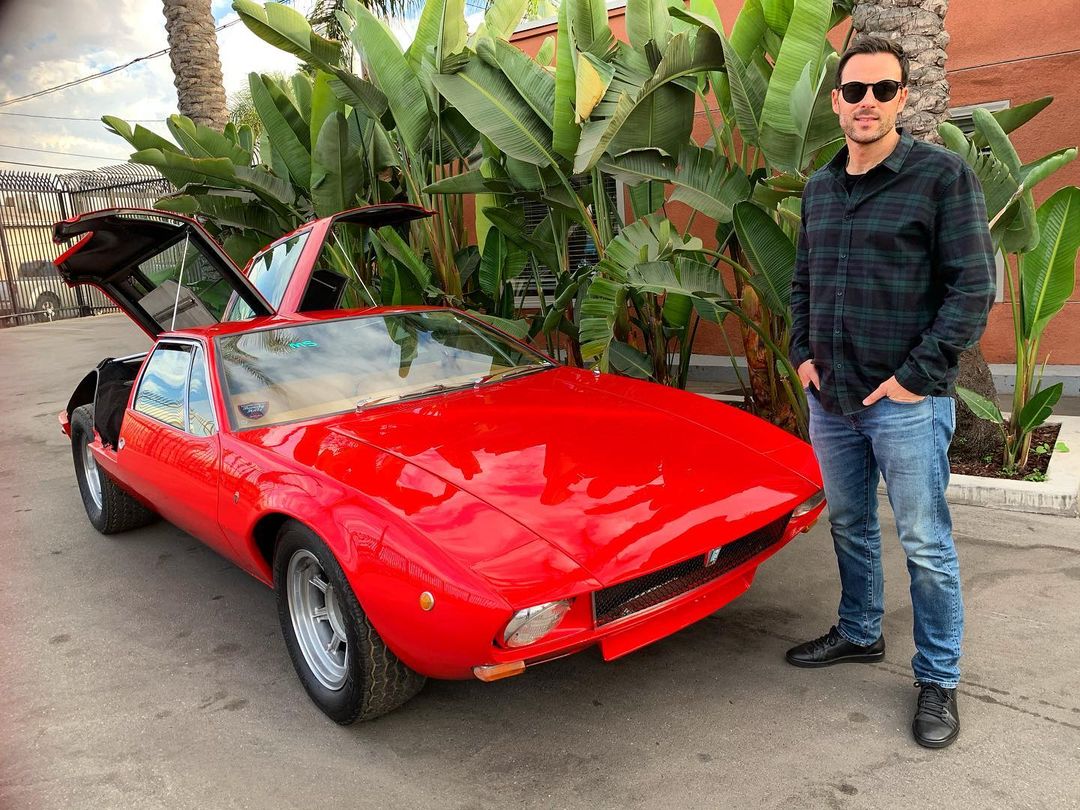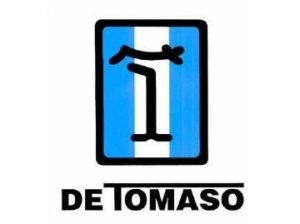Car Tales: De Tomaso Mangusta, Mongooses Ate My Homework!
‘And the use of ‘mangusta’ in the supercar’s naming carries a dark-humored poetry.
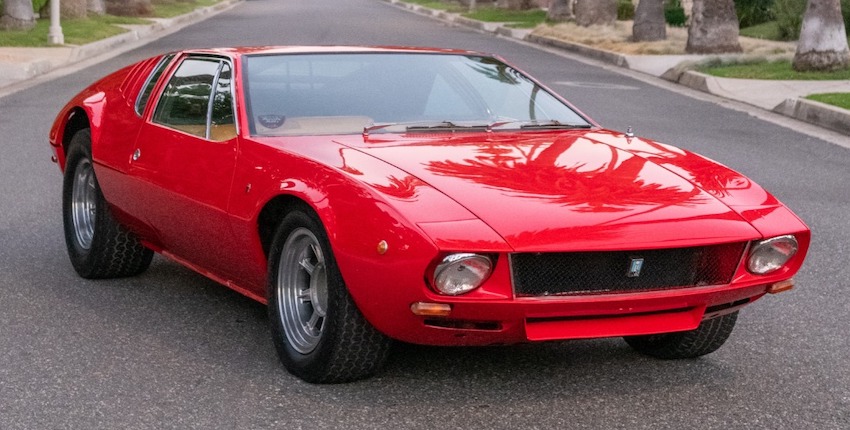
‘For in this case it allegedly refers to the Shelby Cobra, a consequence of a failed deal in late 1964 between Alejandro de Tomaso and Carroll Shelby to build a new race car – the P70 project, as it became known – to compete for the Canadian-American Challenge Cup, the Can-Am – Carroll Shelby had learned that the Shelby Cobra would not be permitted to compete in it.
‘But De Tomaso was not convinced by the prospective car’s design. And he failed to deliver 5 race cars within the contracted period for the 1965 Can-Am season. Shelby reversed away from the project, joining the development team of the Ford GT40.
‘For his part De Tomaso straightaway contracted Carrozzeria Ghia, the Turin-based automobile design and coach-building firm established in 1916. By the next November, and the opening of the 1965 Turin Motor Show, a single completed car was on show, the Ghia De Tomaso Sport 5000.
‘Such a rush from Alejandro de Tomaso should not come as a surprise. He already had a colorful background in which speed often clearly had been an imperative. Born in 1928 in Buenos Aries in Argentina to a politically active family, he fled his birth country in 1955. Settling in Modena in Italy, de Tomaso launched a career as a racing driver – which he had commenced in Argentina – for Maserati, Scuderia Centro Sud and O.S.C.A. Although he drove in four Formula One Grand Prix races he won no championship points. He also married an American heiress, Isabelle Haskell.
‘In Modena in 1959 Alejandro de Tomaso founded the De Tomaso car company – Detomaso Automobili: at first its principal function was to build racing cars, which included a Formula One car eleven years later for Frank Williams’ team. However, he soon turned to high-performance sports cars, largely employing aluminum backbone chassis – these would become the company’s technical trademark.
‘As well as the Mangusta, De Tomaso also – first – launched the Vallengula, and later the Pantera; there was the Deauville, a four-door saloon; and the Longchamp, a two-door coupe version of the Deauville which would transmogrify into the Maserati Kyalami; and the Guara, a two-door sports car, manufactured since 1992.
‘The chassis of the Mangusta has a unique origin: it is a direct descendant of the 1965 Shelby-De Tomaso P70, the racing car they originally had been developing together. Alejandro De Tomaso’s idea was to scale up the Vallelunga’s Lotus-type backbone chassis and put an American V-8 in it. Following Carroll Shelby’s departure from the P70 program, Alejandro became even more driven to prove himself to the world, and notably Shelby.
‘He turned to the now legendary designer, Giorgetto Giugiaro, who at the time was working for Ghia.
‘De Tomaso convinced him to create a body for this new mid-engined chassis: Giugiaro had a design in hand that was originally prepared for Iso, which decided not to use the design as they were not seeking a mid-engine configuration. De Tomaso shrewdly seized this opportunity and placed Guigiaro’s design onto the spine chassis of the P70/Sport 5000/ De Tomaso-Ghia 1965 show car.
‘Named Car Designer of the Century in 1999, Giugiaro is widely known for the DMC DeLorean, notable in its own time for its unique design. His most commercially successful design was the Volkswagen Gold Mk1. Giugiaro’s work often featured tastefully arched and curving shapes, as in the case of the Mangusta’s aggressive yet reserved shape. In fact, the Mangusta had many signature features outside of the chassis, which included rear engine covers that employed centrally-hinged ‘gull-wing’ opening to the mid-mounted engine and rear storage compartment. The interior was designed in the spirit of a luxury grand touring car with supple leather seats and many amenities such as air conditioning and electric windows – rare at the time.
‘The engine was a race-inspired Ford V-8 married to a ZF 5-speed transaxle with a limited slip differential. The De Tomaso Mangusta was a performer with a fully independent suspension, four-wheel power-assisted disc brakes and cast magnesium wheels produced by Campagnolo. The first Mangustas had a Ford 289 engine, which soon gave way to a 302: all U.S. spec cars had this motor. The car had a 0-60 time of 7 seconds with a top speed of 155 mph.
‘The Mangusta entered production in 1967, effectively establishing De Tomaso as a serious automobile manufacturer. In total 401 Mangustas were manufactured, 250 making their way to the USA.
Now Jamaica has no more snakes. But it does have a mongoose problem.
-Alex Manos, Owner

Get Started!
Welcome!
join our inventory newsletter
Sign-up for our e-mail alerts
join our newsletter
Sign-up for our e-mail alerts
Learn More
or
we buy classic cars
Looking to sell yours?
Contact us
Sell us your car
Pick up from any USA location - Any condition - Top $$$ Paid




